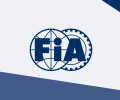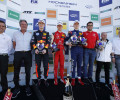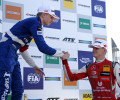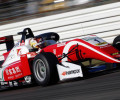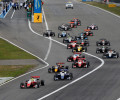Consolidating and developing the FIA racing ladder
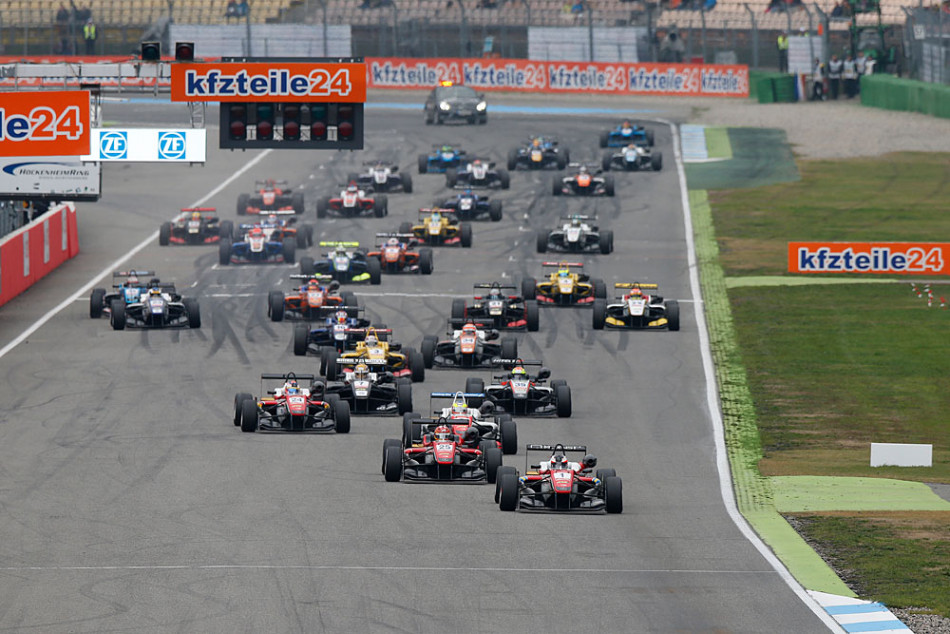
It is a good opportunity therefore to look at the current state of play of the pyramid-shaped structure that the FIA has been putting in place for a few years now, with the aim of setting out a defined, coherent and economically viable route for those who want to embark on and continue with a career as a single-seater driver. It is a major task, but it is beginning to deliver real results.
“The success currently enjoyed by Formula 4, thanks in part to the input of the ASN’s that are involved at first hand, shows that we on the right track and also that motorsport continues to exercise its great attraction for youngsters,” Frédéric Bertrand, FIA Director of Circuit Championships told fia.com. “In 2014, this championship, organised on a national basis, made its debut in Italy while the following year there were seven championships on four continents and this year there are a further four, including the first ever FIA championship to be run for youngsters in the USA. Over 250 drivers took part in at least one F4 round in 2015 and this year, the number will pass the 300 mark. One of the immediate targets is to enlarge the presence of F4 in America: after the very successful launch of the series in Mexico our aim is to have a championship also in South America.”
The FIA Formula 3 European Championship is also going through a very positive phase. “Since 2013, this championship has grown in importance in the panoply of series aimed at young drivers and I’m sure that will continue to be the case this year,” added Stefano Domenicali, President of the FIA Single-Seater Commission. “On top of that, it’s good to mention the extraordinary success, both in terms of audience and technical level, of the FIA F3 Intercontinental Cup, which remains the highlight of the Macau Grand Prix weekend. In 2015, there were 36 drivers entered and this year, we could have had more, but we decided to limit the number of participants to 32, in order to bring some stability to the series and to ensure the success of every event. We want to ensure this category remains totally accessible to youngsters. We want to continue to improve the standard of all aspects of the series; sporting, technical and driver preparation. That’s why we have organised initiatives like the FIA Drivers’ Certificate, which we will also promote in the lower category. The FIA’s aim is to provide youngsters with everything they need to be as well prepared as possible to achieve the goals they have set themselves, namely to get all the way to Formula 1.”
With the two categories growing at the same rate, this has thrown up a new problem: how to provide a driver with the chance to progress within this pyramid, once he has completed his time in Formula 4, if there is not an immediate opening in the next category up the ladder. A look at the numbers helps explain the problem: in 2016, between 250 and 300 drivers will take part in the various F4 series and the number of available slots in the current European F3 Championship remains more or less stable, So what options are available to those who don’t find a drive immediately?
“To prevent the immediate loss of talented youngsters along the way, who maybe take longer to mature, or who don’t have the resources to move up a category immediately, we are looking into creating an intermediate level between the two series,” explained Domenicali. “The suggestion on the table, which will be put forward for approval by the WMSC, is the setting up of F3 championships on a regional basis, starting already in 2017. That way drivers can gain more experience and progress, while staying on a course that is well defined and regulated. However, this must not let us lose sight of a vital element for both categories, which is cost control: we are working on this from the technical and sporting point of view,” concluded Domenicali. “It’s vitally important for the FIA that this takes place at national level, working with the ASNs on the various Formula 4 championships and the upper level too. The plan we are working with has not only set out a clear course of action for motorsport for youngsters, contributing to its consolidation in areas with a strong tradition such as Japan and Europe, but it is also aimed at developing it in areas where opportunities for those who want to become racing drivers is not as clear cut and established; I’m thinking here of the USA, South East Asia, Australia, India and China .”
There is clearly a lot going on, even when it comes to the top levels of the pyramid, but it’s on the right track.

 Facebook
Facebook Twitter
Twitter
